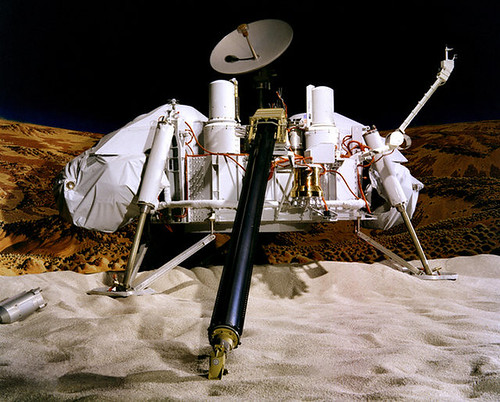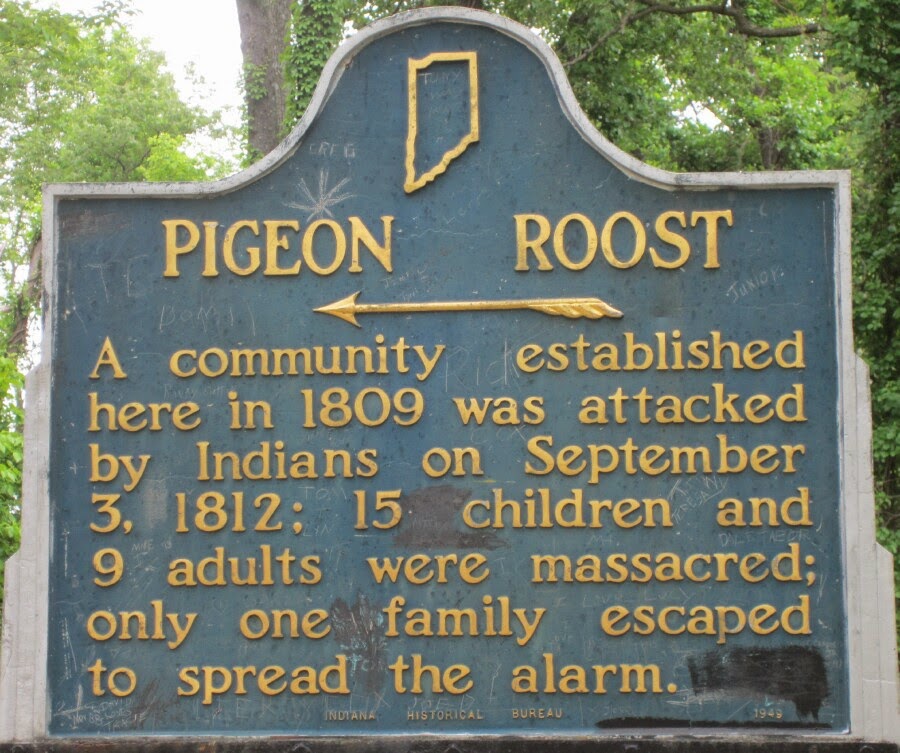The Battle of Worcester is the last significant action in the Wars of the Three Kingdoms.
The Battle of Worcester, which took place on September 3, 1651, was a decisive conflict during the English Civil War, marking the final major battle of the war. It was fought between the forces of the Parliamentarians, led by Oliver Cromwell, and the Royalists, commanded by King Charles II. The battle occurred near the city of Worcester in Worcestershire, England.
Background:
The English Civil War was a series of conflicts fought between the Parliamentarians (Roundheads), who supported the English Parliament and sought to limit the power of the monarchy, and the Royalists (Cavaliers), who supported King Charles I.
The war began in 1642 and went through several phases, including the First Civil War (1642-1646) and the Second Civil War (1648). The Battle of Worcester marked the climax of the Third Civil War (1650-1651).
Royalist Situation:
Charles II, the son of the executed King Charles I, sought to regain the English throne after his father’s death.
In 1650, Charles II was declared king by Royalist supporters, and he began raising an army in Scotland with the assistance of Scottish Covenanters.
Parliamentarian Forces:
Oliver Cromwell, the leader of the Parliamentarian New Model Army, was a seasoned and highly capable military commander.
The Parliamentarians had a well-disciplined and battle-hardened army, which was well-supplied and experienced in modern military tactics.
The Battle:
The Battle of Worcester began with a Parliamentarian siege of the city, where Charles II and his Royalist forces were holed up.
The Royalists made an ill-fated attempt to break the siege and engaged the Parliamentarian forces in open battle.
The battle was fierce and bloody, but the Royalists were outmatched and outnumbered.
Cromwell’s forces ultimately achieved a decisive victory, effectively ending the Third Civil War and securing Parliamentarian control of England.
Aftermath:
Charles II narrowly escaped capture after the battle and went into hiding, eventually making his way to the continent.
The defeat at Worcester marked the end of Royalist hopes for a Stuart restoration in the short term.
The Commonwealth of England was established, and Oliver Cromwell emerged as the dominant figure in the country.
Legacy:
The Battle of Worcester is often considered the final major conflict of the English Civil War.
Cromwell’s victory at Worcester solidified his position as the Lord Protector of the Commonwealth, effectively making him the de facto ruler of England until his death in 1658.
Charles II would not return to England and reclaim the throne until the Restoration of 1660.



